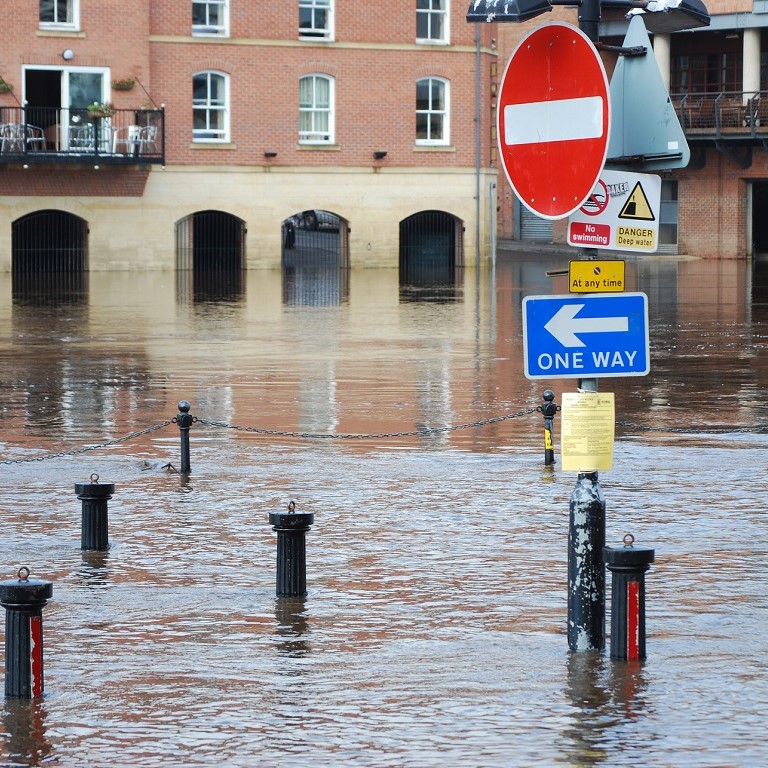The phrase may have been coined in the 1992 novel Snow Crash 1, but the concept of a metaverse has really only entered the wider consciousness more recently – in particular when the Facebook holding company, which owns brands like Facebook, Instagram, WhatsApp and Oculus, adopted the name Meta.2
More than a simple name change, the move signalled a broadening of horizons, beyond social media to encompass the metaverse – a virtual world that some believe could unlock a virtual economy worth a staggering £11 trillion by 2030, essentially through the trading of virtual assets.3
One of the burning questions around a metaverse economy is related to insurance – how exactly can you insure metaverse assets? That is a question that is likely to grow louder if, as predicted, the metaverse sets off on a steep growth trajectory.
To explore answers to that question, it is important to understand what the metaverse is, how it can be used, what constitutes a metaverse asset, and the risks associated with them.
What is the metaverse?
The metaverse is essentially an integrated network of 3D virtual worlds that users can explore using digital versions of themselves, or avatars. Once ‘inside’ the metaverse, users can travel virtual worlds that mimics aspects of the real world, using technologies such as virtual reality, augmented reality, social media and digital currency.1
It is not yet, however, a single virtual world. As things stand, the metaverse consists of a series of disconnected metaverses – like Fortnite, Roblox and Decentraland - each with its own avatars, interactions and currency.4
How is the metaverse being used in business?
Perhaps the most well-known and earliest iteration of a metaverse is Second Life, the digital world that attracted millions of users in the 2000s and still has a loyal following today.5
More recently, the metaverse became a home for gaming, in particular ‘massively multiplayer’ virtual reality games like Rec Room and Horizon Worlds – where users, represented by their avatars, can interact and communicate in real time over distance and manipulate the virtual environment around them.6
Today, however, use of the metaverse is expanding rapidly. It is this expansion that is creating interest among technology giants like Meta, driving predictions of a huge virtual economy and, in turn, raising questions around risk and insurance.
Now, for instance, the metaverse enables people to:
- Make money from virtual land and property - most metaverses are divided into blocks of land called parcels. These can be bought using cryptocurrency like Bitcoin. Just as in the real work, virtual property can be sold for a profit later or leased – for instance to a property developer or as a space used by a virtual reality event organiser.
- Buy real and virtual products – avatars can enter virtual shops, try out, and buy products using cryptocurrency. These could be virtual products, such as clothing for an avatar or real world products that are bought and delivered in much the same way as in a standard online store.
- Invest in digital artwork – in virtual art galleries users can view and buy digital art in the form of non-fungible tokens (NFTs). These are increasingly seen in a similar light to real world art investment, since these digital objects are assigned real world value and can be sold on for profit.7
That is just a small taste of the way the metaverse is being used and, in fact, the potential range of applications is almost endless. Already musicians and entertainment companies are experimenting with the metaverse – holding virtual launch events and concerts – while the sports industry is not far behind. Manchester City, for instance, is building a virtual stadium to allow fans to watch matches and buy merchandise in the metaverse.
Even governments are getting in on the act, with Barbados planning an embassy presence in Decentraland, while virtual collaboration spaces and even workplaces are becoming commonplace.1
What are the risks associated with the metaverse?
One of the features of virtual spaces like the metaverse is that they are created by humans, so bring with them man-made risks. This is in contrast with the real world, where many of the risks we insure against are natural phenomena like storm, fire and flood.8
In that respect, it is difficult to predict how metaverse risks will grow and how they will play out, though some are clearly extensions of liability, technology and privacy risks we are familiar with in the real world.
Some of the most discussed risks associated with the metaverse fall into categories including:8
- Metaverse attacks by malicious third parties: Loss of customer data to metaverse hackers could result in regulatory action, liability claims and reputational damage
- Unintentional breach of real-world rights: Trading of NFTs that represent both digital and real world assets is growing fast, but the legal position of the technologies behind NFTs is unclear, so legal disputes related to infringement of trademarks and intellectual property have already arisen.
- Failure of a metaverse platform: Issues like server downtime could see avatar and NFT data and other metaverse assets lost, or ticketed virtual events cancelled. This could open up metaverse providers to compensation claims.
- Issues caused by user negligence: Real world injury to users while they are, for instance using virtual reality (VR) headsets could expose metaverse platforms and VR providers to liability risks.
The metaverse and insurance
It seems likely that insurance markets focused on metaverse risks will emerge and mature as engagement with virtual worlds grow. However, as with most new risk types, it inevitably takes time for insurers to understand likely exposures, which in turn makes it hard to design and price insurance products.8
For instance, given that the metaverse is still in its infancy it is likely that the risks above (and as yet unknown risks), will grow in prominence as the metaverse user base expands. At the same time, legislation and regulation to govern the metaverse is still being developed and will evolve over time, which will undoubtedly add to insurers’ uncertainty.8
Insurers may also struggle with value loss and make claims payments due to the volatility of digital currency.
At present, it is expected that the first insurance products to address metaverse risks will grow out of existing cyber products, which address issues like data loss and other cybercrime risks. The big question is how quickly these products can be adapted to protect against risks such as digital fraud, theft, ransomware, privacy breaches, and even business interruption – as well as cover for virtual land and property in the metaverse.9
In the end, the metaverse does represent a significant opportunity for the insurance industry to innovate in developing new classes of insurance protection. However, it seems unlikely that will happen at any significant scale until the metaverse user base grows significantly – making it easier for insurers to identify insurable risks – and the metaverse community, both individuals and businesses, demonstrates greater demand for insurance.9
Find this article interesting?
Sign up to our technology sector newsletter. You may also be interested in:
- Can you insure an NFT?
- Metaverse and Meta Risks Webinar - from our colleagues in Marsh.
Sources
- techtarget.com/The-metaverse-explained-Everything-you-need-to-know
- theguardian.com/facebook-name-change-rebrand-meta
- reuters.com/bc-finreg-metaverse-insurers-opportunity-idUSKCN2MQ1D3
- forbes.com/what-is-the-metaverse-and-why-should-you-care/
- bbc.co.uk/technology-59180273
- theconversation.com/what-is-the-metaverse-and-what-can-we-do-there-179200
- xrtoday.com/what-can-you-do-in-the-metaverse/
- pwc.com/metaverse-impact-on-the-insurance-industry.html
- reuters.com/bc-finreg-metaverse-insurers-opportunity-idUSKCN2MQ1D3
Real-world insight that we don't share anywhere else
Get access to exclusive help, advice and support, delivered straight to your inbox.









